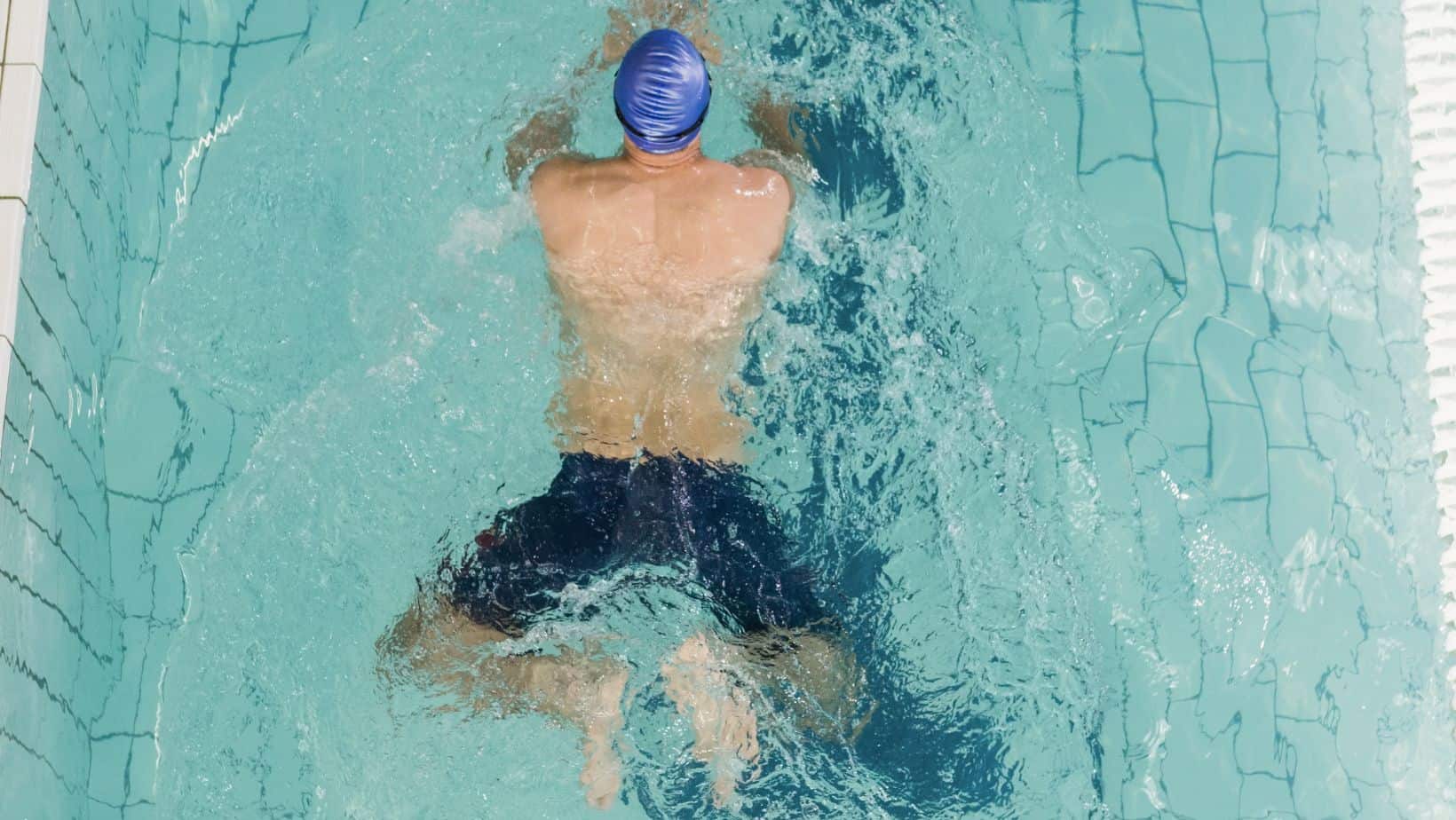MCL Injury
Read More >
Knees can be painful for a multitude of reasons but if only occurring during, after or related to swimming it is important to consider the circumstances. What stroke is being performed? What stress is placed on the knee? And therefore, what structures might be under strain? In addition to these considerations training changes can play a roll in causes injuries with any sport or activity. If you have had a an increase in training duration, frequency or intensity this can also put you at risk of overloading your tissues and potentially causing pain and/or injury.
Swimmers Knee is the second most common injury related to swimming, with Swimmers Shoulder being the most common. Sometimes called Breaststroke Knee or Breaststrokers Knee, it is a painful condition affecting the inner side of the knee, and is most common with the swim stroke of breaststroke. The leg action of breaststroke is a wide circular, sweeping motion of the legs. The powerful inward movement causes a lateral stress on the knee such that as the medial collateral ligament, that runs along the inner side of the knee joint can be strained and stretched with overuse, or if the knee is already injured or unstable.

Symptoms of swimmers knee are similar to that of a sprained knee, as this is essentially that cause of this condition. But rather than a traumatic sprain from a fall or tackle, it is more often a chronic sprain from overuse. Pain will be felt along the inner side of the knee joint, there may be swelling in the acute phase. These symptoms might be noticed more after swimming sessions of breaststroke, especially if those sessions are longer in duration, or with more intensity. Additional symptoms that might be felt in more severe cases are an instability of the knee, or that it might give way or buckle in some positions. If swelling is very significant this can also restrict the joint mobility, making it difficult to fully straighten or bend the knee.
If you are getting persistent or high pain in your knee related to swimming you should seek help. Do not persevere through pain as this is not normal to have these symptoms, and a delay in diagnosis and treatment may result in a worse outcome. Diagnosis of Swimmers Knee is best done by a physical therapist or sports doctor that is experienced with knee and swimming injuries.
Diagnosis of Swimmers Knee is made with a combination of clinical assessment with a physical examination, as well as symptoms history, and the addition of radiological imaging to confirm or add information to the clinical diagnosis. The physical examination will include palpation of the knee joint, and will reproduce pain along the medial side of the knee joint, ligament stress tests which will be positive in terms of pain and/or laxity of the medial collateral ligament. In addition the strength and flexibility of the knee joint will be assessed, restriction of range of movement of the knee, and strength of the quadriceps, hamstrings and adductor muscles in particular will be noted.

To treat this condition it may be necessary to have a period of rest from swimming, or at a minimum a reduction in volume, frequency or intensity. This will allow the strained structures, the medial collateral ligament, time to repair and time for inflammation to reduce. As well as rest, active recovery with rehabilitation can be done. A physical therapist can lead the rehabilitation process, much can be done exclusively on land in the early stages, or if the knee is very painful. Later stages of rehabilitation may continue with land based exercises but also incorporate exercise in the poor that are more specific to breaststroke.
Strengthening the quadriceps, hamstrings and adductor muscles in particular can support the knee against the lateral forces created during the kick of breaststroke. Additionally gluteal, calf and core muscles are useful to strengthen to ensure efficiency of the stroke. A few good exercises that can be used for rehabilitation of Swimmers Knee are:



If assessed early after onset of symptoms and the appropriate advice of rest or reduced activity are followed, in conjunction with appropriate physical therapy and rehabilitation exercises Swimmers Knee will last 4-6 weeks. This time frame will be significantly lengthened if symptoms are ignored and allowed to worsen, or persist for a long time. In the worst cases it may take several months to recover. Invasive treatment such as injections and surgery can be avoided in almost all cases if appropriate action is taken early.
This is not medical advice. We recommend a consultation with a medical professional such as James McCormack. He offers Online Physiotherapy Appointments for £45.
Related Article: Swimming Knee Pain FAQ